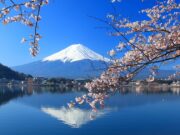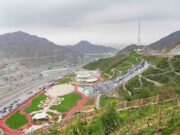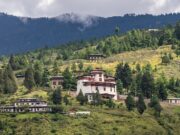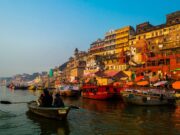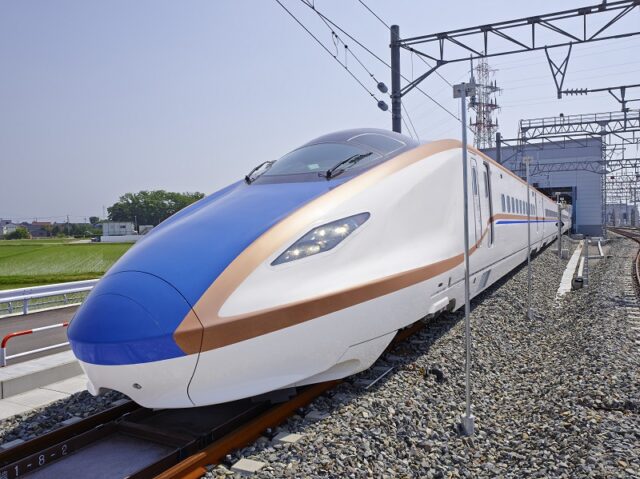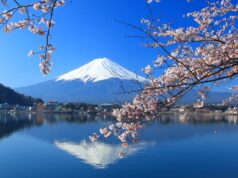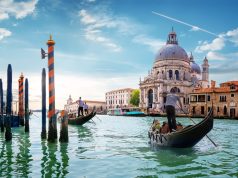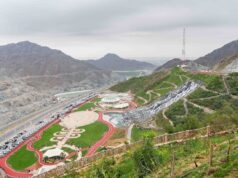The landscape of travel in Japan is undergoing a remarkable transformation with the extension of the existing Hokuriku Shinkansen (bullet train) from Tokyo to Kanazawa and beyond, providing unprecedented access to scenic landscapes and cultural treasures.
The Hokuriku region is located on the northwestern part of Japan’s main island of Honshu and is known for its all-seasons appeal – spectacular cherry blossom destinations, pleasant summers, vibrant autumn colors and snowy winters. The Hokuriku Shinkansen’s earlier terminus was the historical Kanazawa City, known for its well-preserved Edo-era districts, traditional tea houses, and beautifully landscaped gardens like Kenrokuen but this new extension now offers improved access to Fukui Prefecture, saving time and creating new opportunities to easily visit charming places like Fukui City, which is only 2 hours and 51 minutes from Tokyo by the fastest possible time.
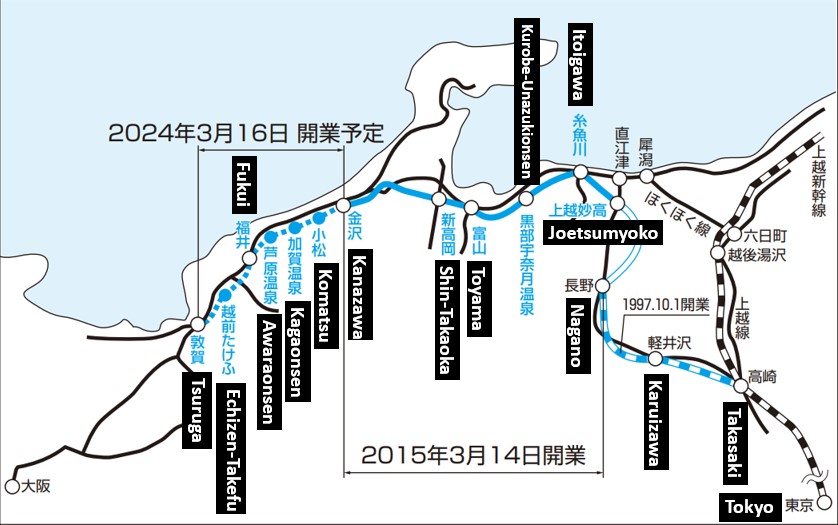
Fukui Prefecture, where Tsuruga and Fukui City are located, is getting ready to welcome more visitors once the Hokuriku Shinkansen commences operation of 14 round trips from Tokyo per day. The capital of Fukui Prefecture is Fukui City, a small castle town most known for the Fukui Prefectural Dinosaur Museum which is recognised as one of the greatest dinosaur museums in the world, with more than 900,000 visitors yearly. Travellers also love visiting the city during cherry blossom season as the Asuwa River and the Weeping Cherry Tree at the Asuwa Shrine transform into a pink paradise each spring. Not far from Fukui City is Maruoka Castle, one of twelve castles in Japan with a surviving historical keep from the feudal era that also hosts an annual cherry blossom festival.
Aside from its historical riches, Fukui is home to the Tojinbo Cliffs, a Natural Monument and Place of Scenic Beauty. Further, deep in the Fukui mountains lies a temple founded by Zen Master Dogen in 1244, Eiheiji Temple, where about a hundred monks practice devotion daily.
Other stops on the Hokuriku Shinkansen line include Awara Onsen, an ideal day trip destination for hot spring fans looking to bathe in central Japan’s geothermal waters. Meanwhile, in Tsuruga, travellers will get to enjoy fresh seafood, owing to the city’s location by the sea. Kehi Shrine is the main shrine of the region, originally built in the year 702 and has one of the three great wooden torii gates in Japan.
From Tokyo, major stops along the line in the Hokuriku Shinetsu area include destinations within the mountainous Nagano Prefecture, known for its rich history, natural beauty, and outdoor adventures.
Meanwhile, Toyama Prefecture is a jumping-off point for visiting World Heritage Gokayama villages and the Tateyama Kurobe Alpine Route.
The expansion of this Shinkansen line is another step to increasing connectivity to the outskirts, which creates a wonderful opportunity for travellers to discover the towns of the Hokuriku area rather than large metropolitan areas.
Connecting your Hokuriku Shinkansen journey to other areas via special rail passes
Visitors to the Hokuriku area will certainly benefit from using special JR rail passes to explore a variety of areas along the new Shinkansen route.
Those wanting to expand their itinerary to include destinations within the Kansai region may be interested in the Hokuriku Arch Pass, which is valid for seven days and offers unlimited rides from both Tokyo and Osaka to the Hokuriku region. Alternatively, the Kansai-Hokuriku Area Pass allows for seven days of unlimited rides from Kansai to Toyama, Ishikawa and Fukui prefectures.
Top things to do in Ishikawa Prefecture
Kenrokuen Garden is the focal point of Kanazawa and has a long and celebrated history. The garden was created over a span of several hundred years by the Maeda family, and today is one of the best examples of a strolling-style Japanese landscape garden. The garden offers something to enjoy whatever the season.
The 21st Century Museum of Contemporary Art, Kanazawa was designed with the architectural concept of a “town square” in mind. Located in the center of the city and surrounded by a park with open-air installations and greenery, the museum attracts over one million visitors per year, eager to explore the interactive installations, permanent collections, and temporary exhibitions.
Southwest of Kanazawa Castle lies the Nagamachi Samurai District, a neighborhood where the samurai of the powerful Maeda clan—the rulers of Kanazawa and the old Kaga Domain—once lived. Take a stroll back in time and absorb the lifestyle of the samurai during the Edo period (1603-1867).
Top things to do in Fukui Prefecture
The Fukui Prefectural Dinosaur Museum in Katsuyama City, Fukui Prefecture, is one of the largest paleontological museums in Japan. After undergoing several renovations in 2023, the permanent exhibition increased its total number of complete dinosaur skeletons on display from 44 to 50.
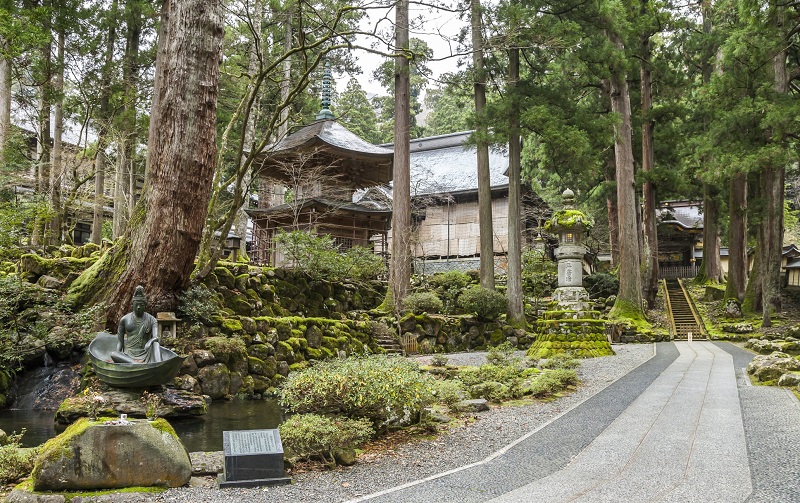
Daihonzan Eiheiji is located deep in the mountains of Fukui Prefecture. It was founded by Zen Master Dogen in 1244 and is an active Zen Monastery of Soto Zen Buddhism. More than one hundred monks are devoted to the practice of Zen at Daihonzan Eiheiji.
Marvel at Mother Nature’s magnificence at the Tojinbo Cliffs in Fukui Prefecture, a sightseeing destination famed for its 20-meter-high column-shaped cliffs that tower high over the Sea of Japan. Watching the waves crash against the surface of the rocks makes for a truly breathtaking sight. The formation of andesite cliff rocks is of geological importance, as well: this phenomenon occurring on such a large scale can only be seen in two other places in the entire world outside of Tojinbo.












